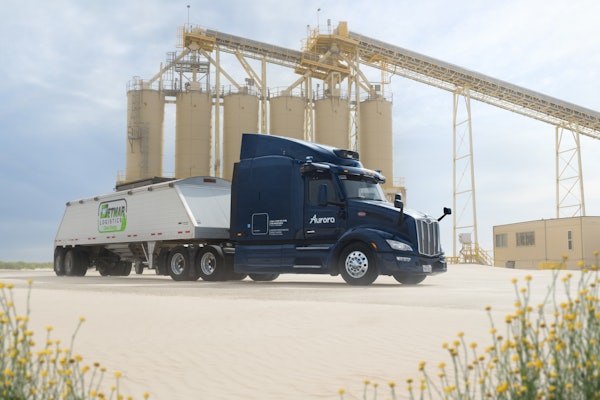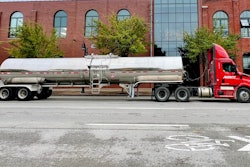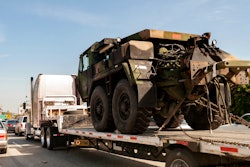It was a close vote, but the National Conference on Weights and Measures has decided – at least for now – against encouraging temperature-compensation equipment at fuel pumps, a measure advocated by hot-fuel opponents. The organization’s two bodies actually voted July 11 in favor of the devices, but proponents lacked the absolute majority the rules require; one body voted 23-16 in favor, the other 24-16 in favor. The issue may be revisited next year, however, as the conference established a steering committee to study it.
Fuel expands in warmer temperatures and provides less energy per gallon. At every part of the U.S. sales chain except the retail pump, prices are adjusted to a standard of 60 degrees; a fuel purchase in summer, therefore, actually buys less energy than the same number of gallons purchased in winter. Compensation devices at the pump are standard in cold Canada, where the problem is not hot fuel but cold fuel, and where automatic fuel-temperature compensation keeps retailers from losing profits in winter; the devices also are common in tropical Hawaii.
National interest in hot fuel was sparked in 2006 when the Kansas City Star published a series of stories about it. Since then, consumers have filed numerous lawsuits against fuel retailers. After a June 8 hearing on Capitol Hill, several members of Congress urged the conference to support temperature compensation, saying the problem will cost American consumers an estimated $1.5 billion this summer.
NATSO, the trade association representing truck stops, says such devices would be expensive and that a study of the issue is needed, as advocated by U.S. Rep. Bart Gordon, D-Tenn. “To sell fuel by quantifying energy content instead of by gallon is ultimately confusing for everyone,” said a NATSO press release.







